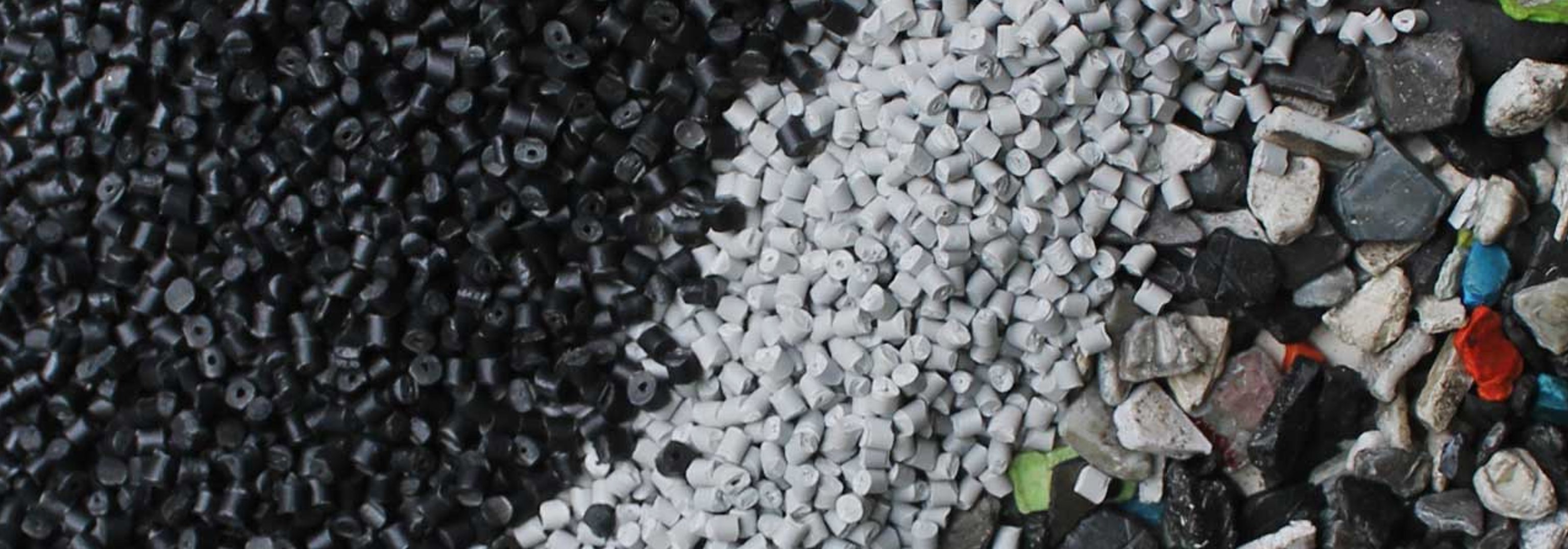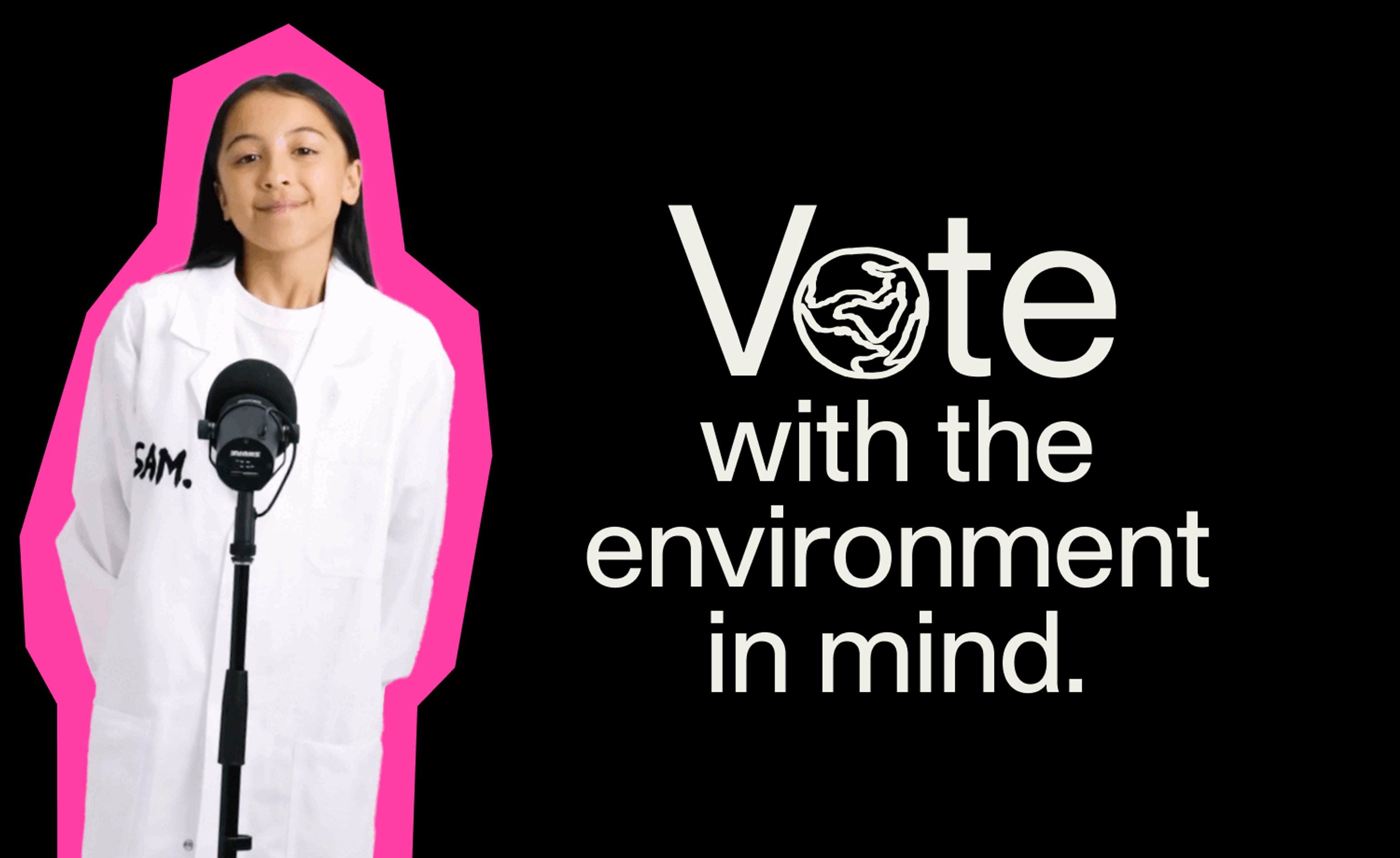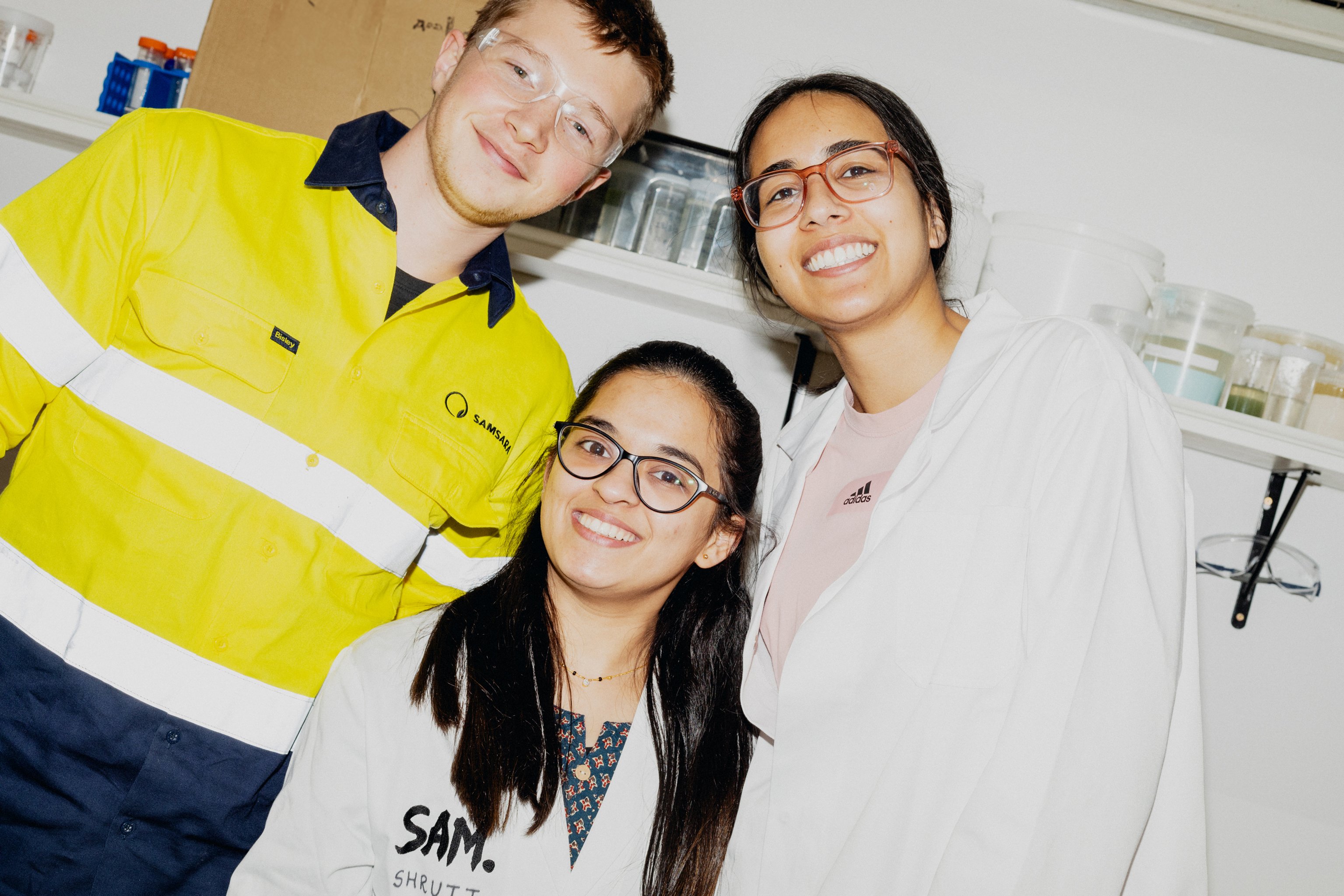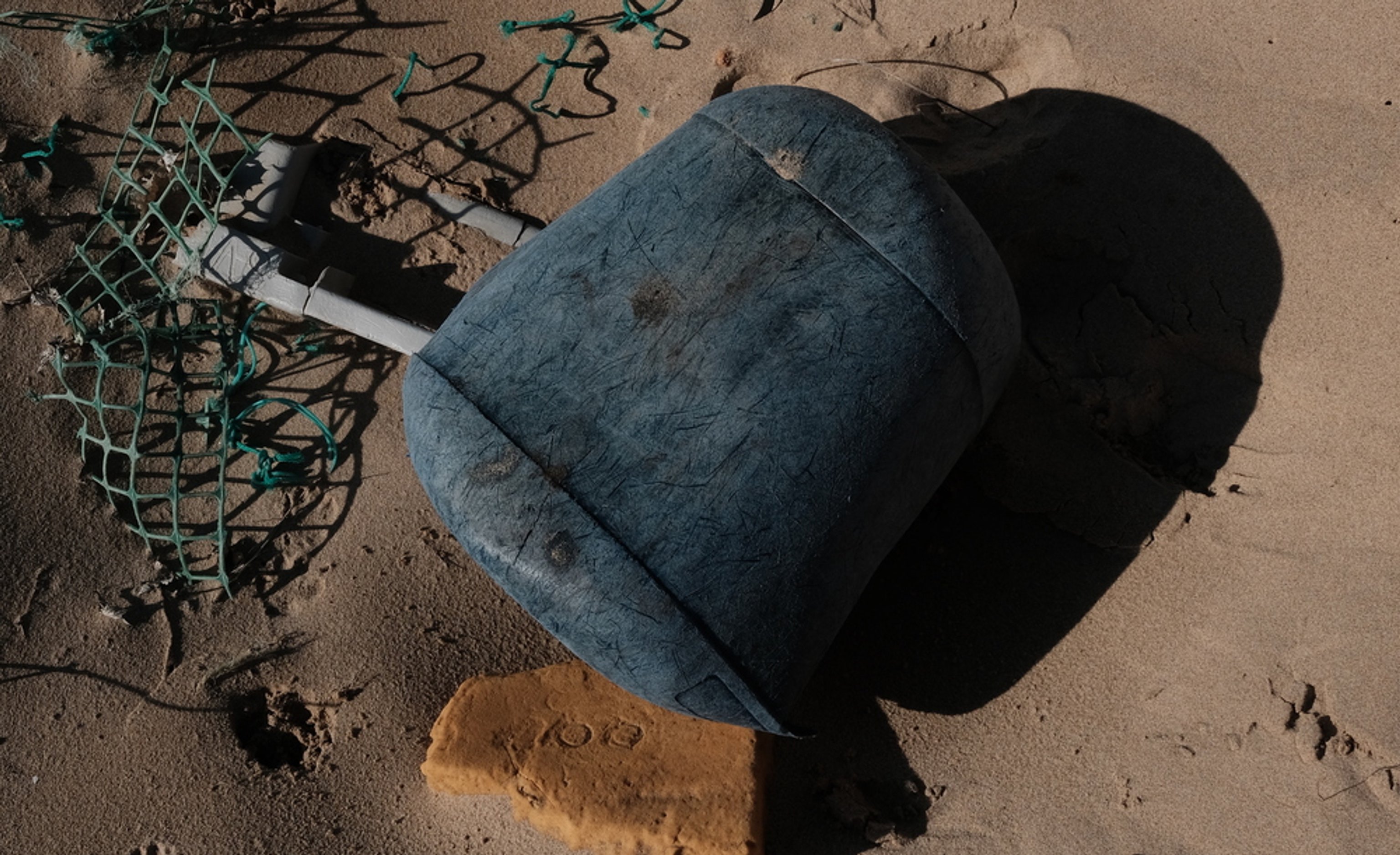Traditional Recycling

In this day and age, many of us are mindful about plastic waste. We wash out our food packaging, check the labels, make sure we’re putting the right materials into the recycling bins...
In this day and age, many of us are mindful about plastic waste. We wash out our food packaging, check the labels, make sure we’re putting the right materials into the recycling bins, and sleep well knowing all our plastic waste is going right back into the ether to get reused and reused… and reused and reused… right? Unfortunately, it’s not that simple. In this article we’re breaking down the problems with traditional recycling, and why biohacking plastic offers the solutions.
The Traditional Route
To kick the process off, plastic waste must first be put into recycling bins. Assuming the right kind of plastic is put into the bin, and this plastic is indeed clean, it then gets whisked away to a traditional recycling plant. Once inside, the plastic must undergo a rigorous sorting process. There are machines that can separate plastics based on colour, density and weight. The plastics are then shredded and melted to form tiny pellets, ready to be sold off to companies to be remoulded.

Recycled plastic pellets. Credit: Axion Polymers.
The problem is, every time plastic gets melted down, it becomes weaker and weaker. Traditional recycling isn’t perfect, and contaminants inevitably make their way into the final product. This is why recycled plastic cannot be used for absolutely everything, it just isn’t reliable, or strong enough to fulfil what we need. Using this method, plastic can only be recycled 2-3 times, before it’s completely unusable.
To add fuel to the fire, a new study found that recycled plastic is significantly more toxic than its virgin plastic counterparts; containing more carcinogens, environmental pollutants and hormone disruptors (find out why this might be detrimental to human health here. Whichever angle you look at it, traditional recycling isn’t the cure-all solution we thought it was, it is in fact, downcycling.
This hasn’t even accounted for the fact that traditional recycling is very selective, it cannot recycle all the plastic that gets sent through its doors. For one, plastic often retains a ‘chemical history’, if it has been dyed for example, the colour will remain even when the plastic has been melted, contaminating the mixture and resulting in the whole batch being discarded to landfill. Same goes for when plastic hasn’t been cleaned properly, or when the wrong kind of plastic gets sent to a recycling plant. See, not all plastic is capable of being recycled, around 25% of plastics have a temperature tolerance so high, they cannot be melted at all! This is why it’s important to check the recycling label before putting plastic into the bin. Long story short, if the criteria aren’t met, plastic waste gets sent straight out of a recycling plant to be discarded elsewhere. Overall, less than 10% of global plastic is actually recycled, while 19% is incinerated, 50% is dumped in landfill and 21% left littering the environment.

Plastic incineration plant. Credit: Centre for International Environmental Law
Okay so what now? If we can’t recycle, what can we do?
The answer isn’t to demonise recycling, it’s to rethink it. Instead of melting plastic, let's use nature’s own enzymes to break it back down; let’s biohack this mess.
Samsara Eco’s enzymes break large plastic molecules back down into their basic building blocks, also known as monomers. Rather than being a concoction of contaminants, Samsara Eco’s recycled product is just as pure as virgin plastic. It can be reused to make anything, without sacrificing its quality.
First PET and polyester (some of the most common plastics on Earth) are isolated. The plastic then undergoes cold washing, in which it is cleaned and shredded. Next, our enzymes get to work, breaking plastic back down into its basic monomers, the monomers are then purified using a series of filtration methods. At the very end, we’re left with pure plastic, free of contaminants and ready to be remanufactured into anything. By using enzymes instead of heat, Samsara Eco’s technology uses up to 83% less energy than traditional recycling, produces 43% less carbon, reduces environmental impact by 95%, and generates a 45% increase in socioeconomic benefits. It’s a win, win, win, win.
So don’t be downhearted, the future of recycling isn’t all doom and gloom, it’s taking an exciting turn for the better. Find out more about Samsara Eco’s recycling revolution here.





